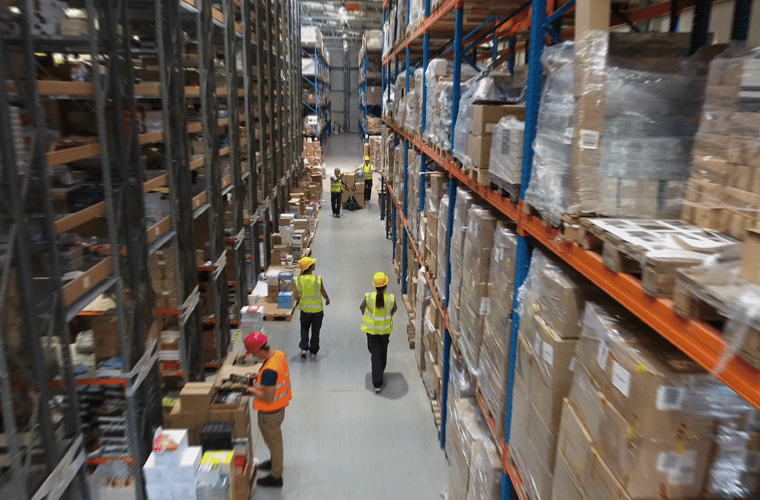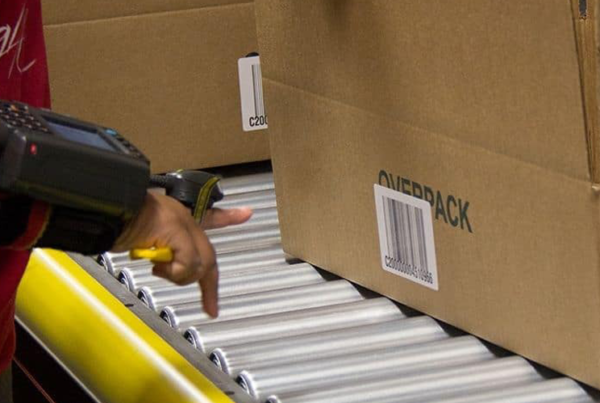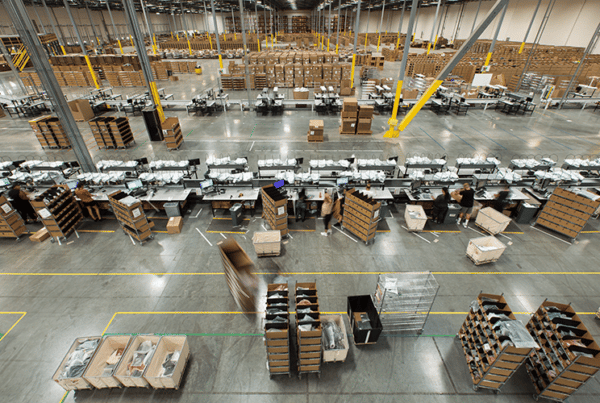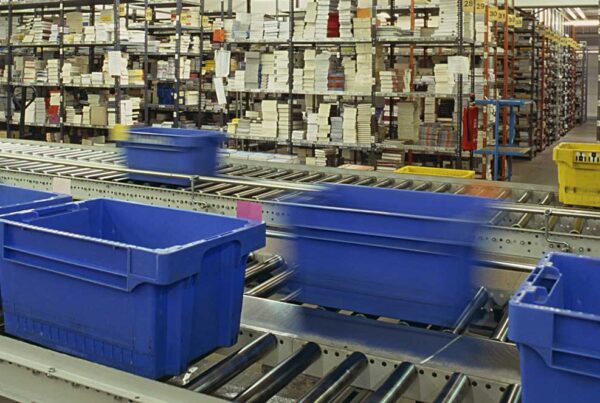To meet today’s challenges – with supply chain disruptions, labor market upheavals, high inflation, and rising interest rates – warehouses need to streamline their processes more than ever. Redundancy in warehouse processes leads to higher costs, an inflated need for labor, lower throughput, and less accuracy.
At PeakLogix, we have decades of experience helping companies streamline their material handling processes. We know first-hand how hidden redundancies can create bottlenecks that crimp warehouse operations. To help you get a handle on these insidious inefficiencies, we want to highlight some of the industry’s worst culprits, and how you can deal with them.
Inefficient inventory management
Proper inventory management is at the heart of an industry whose purpose is to store, process, and ship goods. Problems can start before product even comes through the receiving doors.
Warehouse managers need to know how many items are on order, where those goods will be put away, and how many items are likely to be needed to be ordered in the near future. Even the act of checking and rechecking on-hand and on-order counts is a redundancy that creates inefficiencies and the chance for mistakes to creep into the system.
As goods come into a warehouse, redundant processes will have multiple people interacting with items in multiple ways. One forklift driver might pull merchandise from a truck and stage it, while a second driver moves it to the pick face. Or, a different person might verify the count while yet another logs it into a computer.
The person verifying the count might have to constantly check and recheck the quantity of goods received against their receiving slip. And the person logging the goods might have to move between the pallet and a stationary printer, pulling and applying labels to each box.
And that’s before the goods have even left receiving!
These might seem like small things… but even the few steps between a pallet and a printer can add up to hours of wasted time over the course of weeks and months. According to the United States Census Bureau, the average US warehouse spends nearly 7 weeks on this kind of wasted motion.
Perhaps the best way to increase efficiencies, and reduce redundancies, in inventory management is to invest in an adequate Warehouse Management System (WMS).
The right WMS can track goods in real time for optimized inventory accuracy, automate ordering, adjust quantities for seasonal demands, determine the best put-away locations, and enable the peripheral equipment needed to increase efficiencies throughout the warehouse.
In our example of an outdated receiving department, these peripherals might include simple hands-free, portable barcode scanners and label makers.
Inefficient warehouse layout
An inefficient warehouse layout will make poor use of vertical space, have aisles with dead ends, leave gaps between workstations and equipment, and lack planning in the put-away and picking processes.
A simple first step is to ensure that equipment is stored at the operators’ workstations. Scanners, labelers, printers, box cutters… everything they need should be at-hand to reduce the number of wasted steps they have to take.
Next, consider where in your warehouse items are stored. Do an ABC analysis to determine the most efficient use of floor space. The fastest moving, most profitable items (group A) should be placed where they can be put-away and retrieved with as little wasted movement as possible. Products that move relatively quickly (group B) and slow movers (group C) are moved correspondingly farther from the optimal pick zones.
You should also ensure that the layout of your racking is optimized. Adjust your aisles so that operators and equipment can move through them, rather than being forced to backtrack through dead ends.
Maximize the use of your vertical space by ensuring you have the right racking for the right product. If you have small boxes or individual items, store them on tighter shelves rather than in slots designed for full-sized pallets. Consider automated solutions such as Vertical Lift Modules (VLMs) or carousels to maximize both storage and retrieval in high-throughput zones.
The right WMS can direct goods to be stored in the right locations based on size, weight, and movement. It can also create picking routes that optimize operator movement, minimizing backtracking and allowing them to pick in batches so they further minimize the time they spend retracing their steps.
Inefficient processes
Processes that involve multiple warehouse employees, that could instead be designed for one, almost certainly involve redundancies. A system that pulls merchandise straight from receiving to the pick face, to continue our earlier example, uses a single forklift driver instead of two.
How many times during your order picking process do different people have to touch and read pick slips, boxes, and labels? Do you have a picker, checker, packer, and loader? Automating some of these steps completely, or giving operators automated tools to speed up their workflow and accuracy, can greatly improve warehouse efficiency.
As with many warehouse redundancy issues, a major piece of the solution is a WMS that can enable the peripherals your warehouse needs. The WMS can enable wearable devices for operators including barcode scanners and pick-to-light or pick-to-voice technologies. While picking up and setting down a scanner or clipboard may seem like a small detail, this type of wasted motion interrupts workflow and decreases warehouse efficiency and picking accuracy.
As the warehouse scales, the same WMS that is responsible for pick routing and inventory replenishment is also essential for controlling more fully automated solutions like Autonomous Mobile Robots (AMRs), carousels, and sortation conveyors.
Take a holistic approach
As you work to streamline your processes, take a holistic, long-term approach. Your goal isn’t just to improve your system in the short term, but to improve your current operations in a way that you can build from, without undoing the progress you make.
Identifying warehouse redundancies can be challenging, and can take a skilled, trained eye to find root causes and identify solutions. At PeakLogix, we work with you to learn your goals, identify issues like redundancy in your processes, and create a realistic plan to overcome your roadblocks.
Need help identifying and addressing redundancies in your warehouse operations? Contact us to talk details and strategies.
Increased pass rates and accuracy in a Shrimp Processing Facility.
PeakLogix designed and integrated a solution with vision-system sortation to detect and remove foreign objects, and sort for size, before automatically weighing and bagging products. The facility reduced its processing time by nearly 80%.





